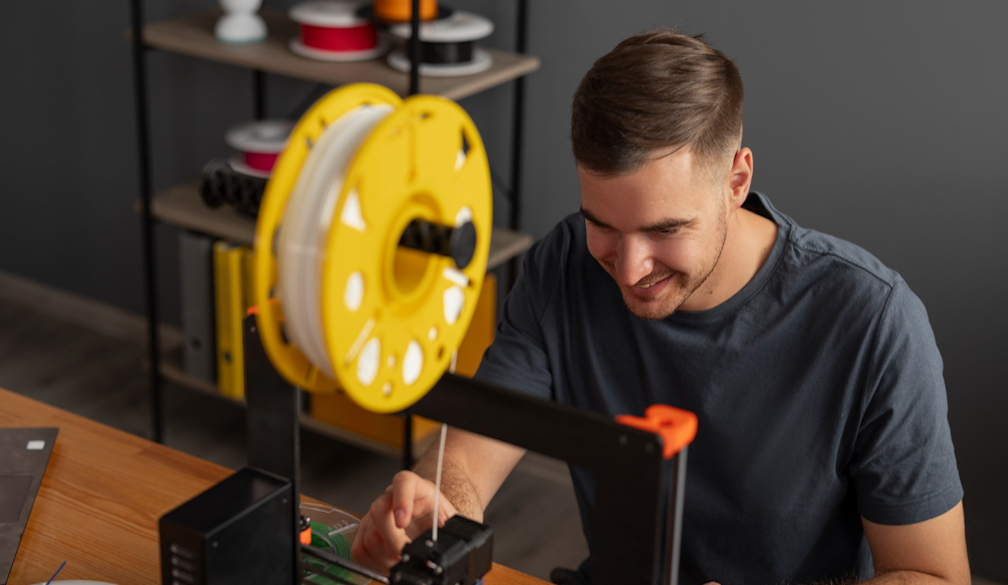Mastering Advanced 3D Printing Techniques: Elevate Your Print Quality and Speed

In the ever-evolving world of 3D printing, where innovation and creativity meet technology, enthusiasts and professionals alike strive for excellence. Achieving high-quality prints at optimal speeds is not just about having the right equipment; it involves diving deep into the realms of advanced settings, modifications, and exploring innovative materials. Whether you’re a seasoned veteran looking to refine your craft or a curious beginner eager to push the boundaries of what’s possible, mastering advanced 3D printing techniques is a journey worth embarking on.
Understanding Your Machine Inside and Out
The first step to enhancing your 3D printing experience is to thoroughly understand your printer’s capabilities and limitations. Different models and makes come with their unique sets of features, which can significantly impact your printing process. Familiarise yourself with your printer’s manual, explore online forums, and connect with the community. Knowledge is power, and in the world of 3D printing, it’s the foundation of innovation.
Fine-Tuning for Perfection
Once you’ve got a solid grasp on your printer’s basics, it’s time to delve into the nitty-gritty of fine-tuning. Advanced settings such as temperature control, print speed, layer height, and infill density can drastically affect your print’s outcome. Experimentation is key here – adjusting these settings and observing the results can lead to surprising improvements in both quality and speed.
Temperature Master
The temperature at which you print can affect everything from material adhesion to the structural integrity of your final product. Too hot, and you may face warping or stringing; too cool, and your layers might not adhere properly, leading to weak spots.
Speed Adjustments
The temptation to print as quickly as possible is understandable, but patience pays off. Printing at a slower speed can significantly enhance the detail and quality of your prints, reducing the likelihood of errors that waste time and resources.
Layer Height and Infill Exploration
Playing with layer height and infill settings offers a balance between print strength, speed, and quality. Lower layer heights can produce smoother surfaces, while different infill patterns can affect the strength and flexibility of your printed object.
The Role of Materials: A Game-Changer
The choice of material plays a pivotal role in the outcome of your 3D printing projects; exploring different filaments can unlock new possibilities and applications for your prints. One particularly innovative option is colour changing filament, which reacts to temperature changes, adding a dynamic visual effect to your creations. This filament not only serves as a conversation starter but also opens up new avenues for functional testing, educational tools, and unique art pieces.
Modification and Customisation
Beyond software adjustments, physical modifications to your printer can lead to substantial improvements. Upgrades like improved cooling systems, direct drive extruders, or glass printing beds can make a world of difference in print quality and reliability.
Learning from the Community
The 3D printing community is a goldmine of knowledge, tips, and tricks – engaging with forums, social media groups, and attending workshops or meetups can provide invaluable insights. Sharing your experiences and learning from others’ successes and failures accelerates your growth and innovation in the field.
Embrace these 3D printing techniques today!
Advanced 3D printing techniques offer a pathway to pushing the boundaries of what’s possible with your 3D printer. The journey of mastering these techniques is continuous and ever-evolving, filled with both challenges and rewards. Embrace experimentation, remain patient, and stay curious – the world of advanced 3D printing awaits.



